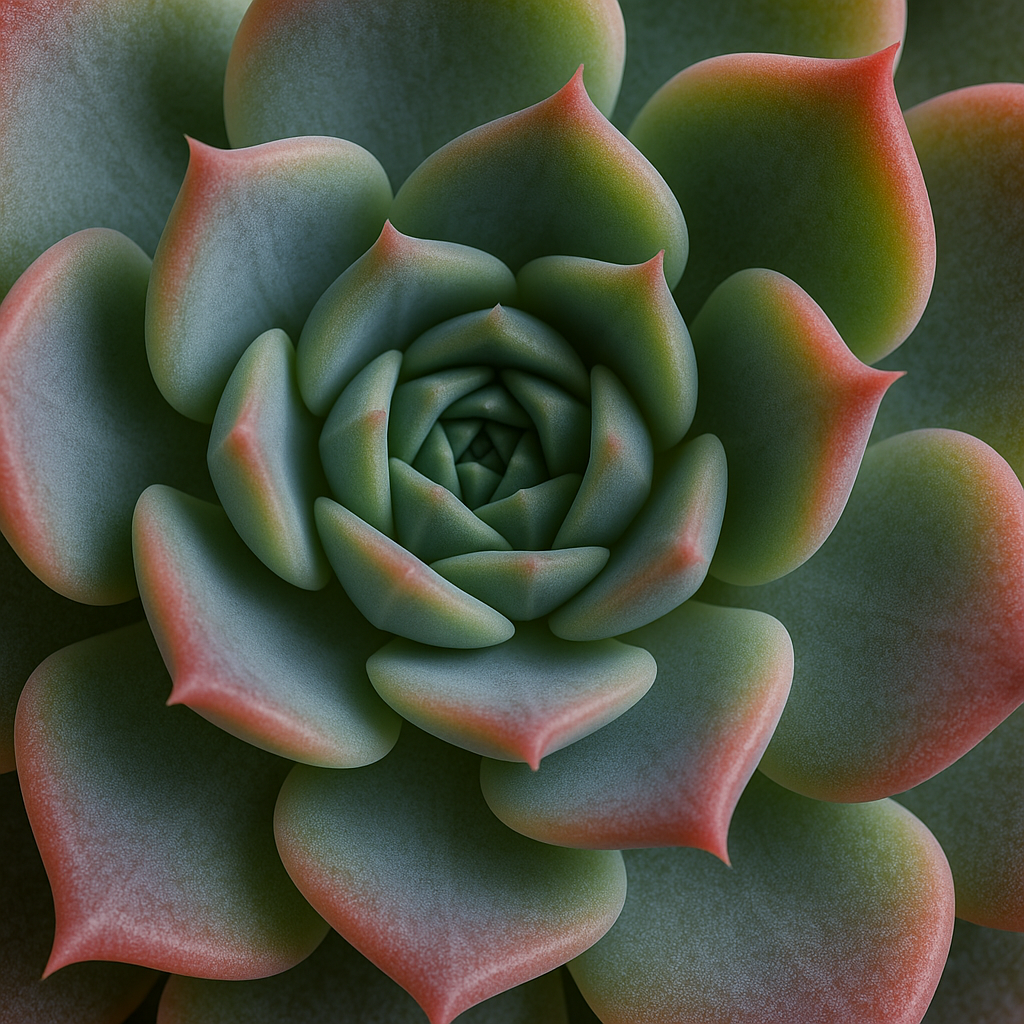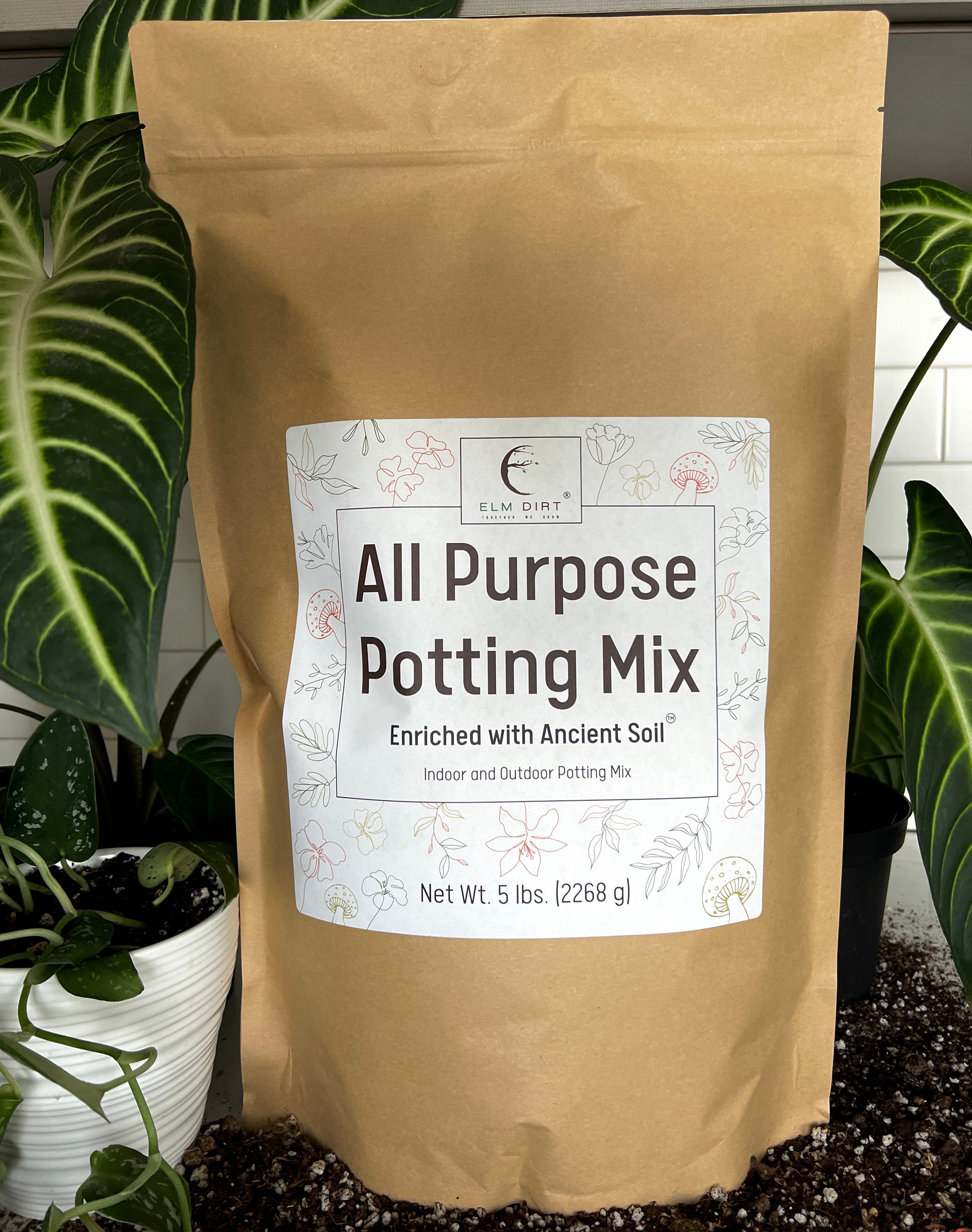Succulent Care Guide: Essential Tips for Thriving Water-Wise Plants
Share
Discover how to keep your succulents thriving with these expert tips on watering, soil, and maintenance for these beautiful drought-tolerant plants.

Looking for plants that won't throw a fit if you forget to water them for a week or two? Well, succulents might just be your new best friends in the garden! These water-wise wonders have become increasingly popular with both experienced green thumbs and folks just starting their plant journey. And for good reason too – they're beautiful, diverse, and downright forgiving.
As someone who's spent decades getting my hands dirty in the garden, I've learned that success with succulents isn't just about neglect. These clever plants do have some specific needs that, when met, will transform them from merely surviving to absolutely thriving. Let's dig into the essential care tips that'll have your succulents looking their best!
Understanding Succulent Basics

The thick, fleshy leaves of succulents are designed to store water, allowing them to thrive in dry conditions.
Succulents are nature's water conservation specialists. These remarkable plants have adapted to survive in some of the world's harshest environments by storing water in their fleshy leaves, stems, and roots. This neat trick is what gives them their distinctive plump appearance and allows them to thrive in conditions that would make other plants wither away.
What makes succulents perfect for today's gardens:
- Perfect for busy folks with irregular watering schedules
- Ideal for drought-prone areas where water conservation matters
- Excellent for container gardening on patios and windowsills
- Available in countless shapes, sizes, and colors for any design style
- Generally pest-resistant compared to many other houseplants
Picking the Perfect Soil Mix

Left: Regular potting soil that retains too much moisture. Right: Well-draining succulent soil with proper aeration.
Now here's something most folks get wrong – regular potting soil is actually a succulent's worst enemy! These plants evolved in gritty, quick-draining soils, not the water-retaining mixes most garden centers sell.
For optimal growth, your succulents need a specialized soil mix that provides proper drainage while still delivering essential nutrients. That's why a specialized mix like Elm Dirt's All-Purpose Soil Mix works so well – it's specifically formulated to supply plants with beneficial nutrients while creating a living potting soil environment.

Elm Dirt All-Purpose Soil Mix
Our All-Purpose Potting Mix is enriched with Elm Dirt Ancient Soil. A blend of organic ingredients crafted to supply the plant with beneficial nutrients creating a living potting soil. Use less water and water less frequently!
Shop NowWhen creating or choosing a succulent soil mix, look for:
- Fast-draining ingredients that prevent root rot
- A blend of organic materials that provide nutrients
- Components that allow proper aeration for healthy roots
- Ingredients that create the proper balance between moisture retention and drainage
If you're using Elm Dirt's All-Purpose Mix for succulents, consider adding additional perlite or coarse sand to increase drainage even further. This simple adjustment will create the perfect growing environment for your water-wise plants.
For a quick DIY succulent soil mix, combine 2 parts Elm Dirt All-Purpose Soil with 1 part perlite or pumice and 1 part coarse sand. This creates the perfect balance of nutrition and drainage.
Mastering the Watering Schedule

Water thoroughly but infrequently, allowing soil to dry completely between waterings.
The number one killer of succulents isn't underwatering – it's actually overwatering! These desert-adapted plants simply aren't built for constantly wet feet, which can quickly lead to rot.
For healthy succulents, follow these watering principles:
- Allow the soil to dry out completely between waterings
- Water deeply but infrequently – think occasional drenching rather than frequent sprinkling
- Reduce watering dramatically during dormant periods (usually winter)
- Increase water slightly during active growth periods
- Always check soil moisture before watering – when in doubt, wait another day
A good rule of thumb for most indoor succulents is to water thoroughly once every 2-3 weeks in summer and once every 4-6 weeks in winter. Outdoor succulents in hot, dry climates may need slightly more frequent watering, especially during intense summer heat.
"The secret to succulent success isn't found in how often you water, but in how patient you are between waterings. Let the soil tell you when it's time."
Finding the Right Light



Left: Stretched growth from insufficient light. Center: Compact, healthy growth in ideal light. Right: Sunburn damage from excessive direct sun.
Contrary to popular belief, not all succulents want to bake in full, hot sun all day long. While many species do love bright light, others can actually burn in intense direct sunlight.
For happy, healthy succulents:
- Most varieties thrive in bright, indirect light
- Morning sun with afternoon shade often provides the perfect balance
- Indoor succulents generally prefer south or east-facing windows
- Pale, stretched growth indicates your plant needs more light
- Bleached or brown patches suggest sunburn from too much direct light
If you notice your succulents stretching or leaning toward a light source, that's a clear sign they need to be moved to a brighter location. On the flip side, if leaves develop brown or white patches, provide some protection from intense afternoon sun.
Feeding Your Succulents

Left: Succulent without fertilizer. Right: Same variety after 3 months of proper nutrition – notice the vibrant color and compact growth.
Many folks believe succulents don't need fertilizer at all, but that's not quite right. While they're certainly not heavy feeders, a bit of nutrition during the growing season can help them thrive.
When it comes to feeding succulents and other plants, using a product like Elm Dirt's Plant Juice can make a significant difference. This specialized formula helps strengthen plants against drought and heat stresses while boosting soil microbial activity.

Elm Dirt Plant Juice
Our Plant Juice is specifically designed to strengthen plants against drought and stresses. Use less water and water less frequently! The beneficial microbes help create a living soil that your plants will love.
Shop NowFor proper succulent feeding:
- Fertilize only during active growth periods (typically spring and summer)
- Use a diluted fertilizer at half or quarter strength compared to other plants
- Choose products specifically designed to provide gentle, balanced nutrition
- Avoid high-nitrogen fertilizers that can cause leggy growth
- Stop fertilizing completely during dormant periods
With Plant Juice, you can use a highly diluted solution (about ¼ the recommended strength) to provide just the right amount of nutrition without overwhelming these light-feeding plants.
Troubleshooting Common Succulent Problems
Even with the best care, you might encounter a few issues with your succulents. Here's how to identify and solve the most common problems:
Stretching or Legginess

Stretched growth with increased space between leaves indicates insufficient light.
If your plants are growing tall with increased space between leaves, they're not getting enough light. Gradually move them to a brighter location to prevent sunburn.
Soft, Mushy Leaves

Soft, translucent leaves are a clear sign of overwatering.
This is almost always a sign of overwatering. Immediately check the roots – if they're still firm and white, let the plant dry out completely before watering again. If roots are brown and mushy, you'll need to take cuttings to save the plant.
Wrinkled, Shriveled Leaves

Wrinkled, shriveled leaves indicate the plant needs water.
Despite their drought tolerance, succulents do eventually need water. Deeply wrinkled leaves indicate your plant is using up its stored moisture reserves and needs a good drink.
Pests

Left: Mealybugs appear as white, cottony spots. Right: Scale insects form brown bumps on stems and leaves.
While less susceptible than many plants, succulents can still attract mealybugs, spider mites, and scale insects. Products like Elm Dirt's Plant Perfection can help get rid of pests and their eggs you can't see while also helping to repel dust and hard water spots on your plant leaves. This is important because dust can clog the stoma of the plant, preventing them from photosynthesizing correctly.
Propagation: Making More Succulents

The amazing process of succulent leaf propagation, from leaf to new plant.
One of the most rewarding aspects of growing succulents is how easily most varieties can be propagated. This means you can expand your collection or share with friends for practically no cost!
Most succulents can be propagated by:
- Leaf cuttings – gently twist off a healthy leaf and lay it on soil
- Stem cuttings – cut a piece of stem, let it callous, then plant
- Offsets or "pups" – many succulents naturally produce baby plants that can be separated
- Seeds – for the patient gardener, many succulents can be grown from seed
When propagating, use a well-draining soil mix and keep the soil just barely moist until new growth appears. Elm Dirt's Ancient Soil contains organic worm castings along with bio-active, environmentally-friendly soil enhancing ingredients that can give your new succulent babies a boost.

Elm Dirt Ancient Soil
Ancient Soil contains organic worm castings along with bio-active, environmentally-friendly soil enhancing ingredients. Perfect for giving your new succulent propagations a great start!
Shop NowWhen propagating succulent leaves, wait until the cut end has calloused over (usually 2-3 days) before placing it on soil. This prevents rot and increases your success rate.
Seasonal Care Adjustments



Seasonal changes require adjustments in succulent care routines.
Like all plants, succulents have changing needs throughout the year. Most go through natural growth and dormancy cycles that require adjustments in your care routine.
During active growth (usually spring/summer):
- Slightly increase watering frequency
- Apply diluted fertilizer occasionally
- Monitor for faster growth and potential repotting needs
During dormancy (usually fall/winter):
- Drastically reduce watering frequency
- Eliminate fertilizer completely
- Protect from freezing temperatures
- Provide bright light but protect from intense winter sun through windows
Understanding and working with these natural cycles will result in healthier, more vibrant succulents year-round.
Getting Creative with Succulent Displays

Succulents thrive in creative arrangements that showcase their diverse forms and colors.
Beyond their ease of care, succulents offer nearly endless creative possibilities for display. Their structural forms and varied colors make them perfect for creating living art in your home or garden.
Try these display ideas:
- Mixed succulent bowls combining different colors, textures, and growth habits
- Vertical succulent walls for dramatic living art
- Themed containers that complement your home decor style
- Succulent wreaths for a long-lasting decorative element
- Terrariums (just be careful with closed containers, which can trap too much moisture)
When designing your arrangements, consider each plant's light and water needs to ensure all varieties in a grouping have compatible requirements.
Conclusion: Succulent Success Made Simple
With their striking good looks and forgiving nature, succulents deserve a place in every garden, whether indoors or out. By providing the right soil, thoughtful watering, appropriate light, and occasional nutrition, you'll be rewarded with healthy, thriving plants that only get more beautiful with time.
Remember, even these drought-tough plants need some TLC! Products like Elm Dirt's Plant Juice and Ancient Soil are perfectly formulated to help your succulents and other plants thrive with less watering and less frequent care. Their concentrated growth formula takes the best of sustainable agriculture principles and puts it right in your hands.
Ready to start your succulent journey? Grab some quality succulent-friendly soil, pick out a few varieties that catch your eye, and enjoy the satisfaction of growing these fascinating water-wise wonders! Your windowsills, patios, and garden beds will thank you.
Shop Elm Dirt Products







